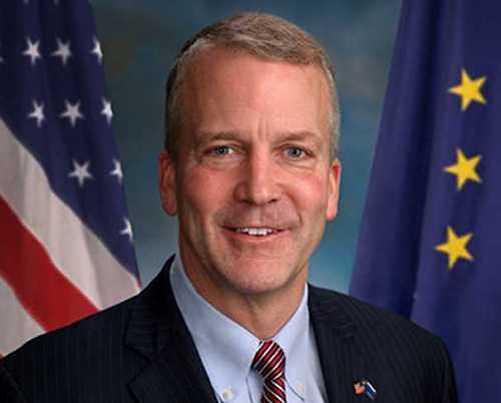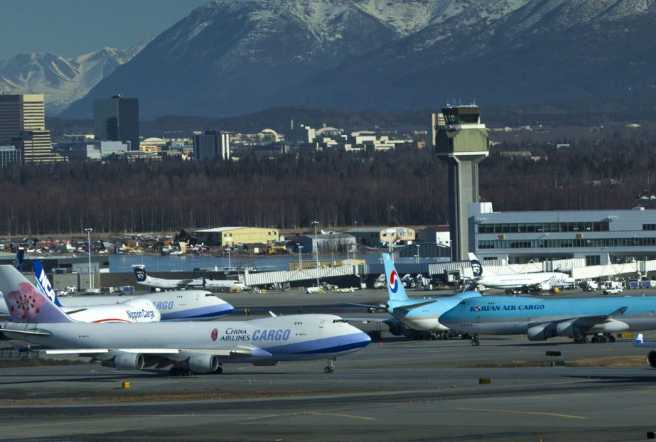Alaska Airspace is the first frontier in the UAS industry.

(ANCHORAGE, Alaska) — Alaska is the first state to be able to grant permission for unmanned aircraft systems (UAS) to operate and test with the aim of securing certification for national airspace flight. The Federal Aviation Administration (FAA) granted the waiver this week, which was requested by the Alaska Department of Transportation & Public Facilities (DOT&PF) in late 2020. Alaska is now the only state with the ability to allow UAS operations classified as research or development, including aircraft under 300 pounds, to be conducted in our UAS test-site airspace.
“This officially establishes Alaska as the leader in research for Unmanned Aircraft Systems,” said Governor Mike Dunleavy. “I am looking forward to seeing how Alaskans support and grow this developing economic sector.”
The waiver enables UAS manufacturers to utilize Alaska’s airspace for certification purposes, a move that will support new economic activity. The Alaska Center for UAS Integration (ACUASI), at the University of Alaska Fairbanks, is the manager of Alaska’s UAS test site. As part of the FAA’s Beyond program, ACUASI has been granted the authority to oversee the waiver’s implementation.
ACUASI will evaluate the safety of an operator’s unmanned aircraft and related procedures, using their internal processes to ascertain whether a UAS operation can be safely conducted. Previously, individuals who wanted to undertake such operations had to apply for a special airworthiness certificate and request exemption from several regulations, which proved to be a resource-intensive and time-consuming process for both the applicant and the FAA.
“We were just handed a tool to help aircraft manufacturers get their drones certified for use,” ACUASI Director Cathy Cahill said. “The FAA is allowing the test site to test and evaluate larger drones under real-world conditions,” she said. “This will allow us to support the development of a strong drone economy in Alaska and across the nation.”
Ryan Marlow, UAS Program Manager for the State of Alaska, reiterated that the waiver allows Alaska to use its largest natural resource as a new economic driver, its airspace. “This is a massive leap forward for UAS integration on a national level, and we look forward to supporting enhancement in airspace safety through advanced air mobility “[content id=”79272”]








